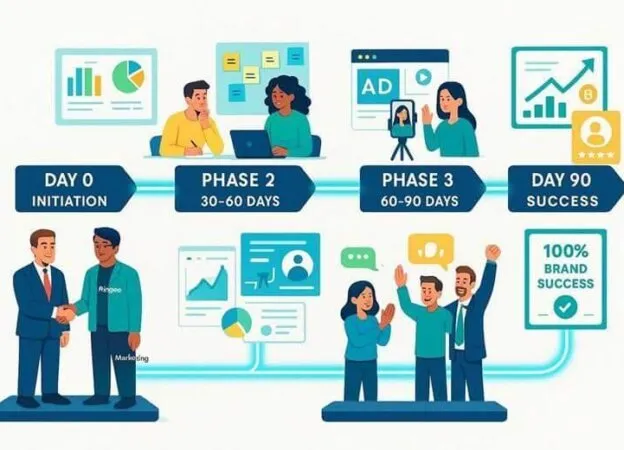According to a study, 77% of people surveyed believe that society relies too much on technology to succeed. But this doesn’t have to be a negative thing. In fact, technological advancement has significantly impacted our lives for the better, and this is particularly true in the online advertising industry.
As new flexible solutions have emerged in recent years, publishers have started wondering whether the ad server is still something they need. The answer is a strong yes. Publishers benefit from ad servers in many ways as they make the management of advertisements simple. They allow publishers to put up several ad units, improve audience targeting, encourage competition, and much more.
Publishers can maximize their advertising inventory by using these servers. They can view the spaces that are still available for advertising and those that have been sold. They can also obtain valuable reports about the performance of their ads. If you’re interested in hearing more about the reasons why ad servers still matter for publishers, continue reading below.

What’s an Ad Server?
Before we dive deeper into the benefits of an ad server, we must first understand what it means.
These servers are technical engines that enable advertisers and publishers to optimize, manage, and distribute ads across a variety of channels. Based on a combination of ad campaign settings, these servers calculate in real time the top ads to load for specific audiences across a range of devices and retail and media channels.
It is also important to understand the two types of ad servers that are part of the programmatic ecosystem: the publisher and the advertiser servers. First-party ad servers are run by publishers who offer ad space on their websites for direct or programmatic campaigns whereas third-party servers are used by advertisers whose goal is to reach specific audiences and meet campaign goals with better control over their ad content and interact with multiple publishers simultaneously.
While both can be highly beneficial, below we’ll focus solely on the ad server for publishers as an important element in their overall strategy.
Sell Advertisement Space Easily and Efficiently
Ad servers can be used to streamline the sale of advertising and help publishers easily optimize their revenue. Publishers deal with multiple clients who have their own specific advertising requirements and they are also required to be able to better manage advertisements across sites and different sections.
You will be able to manage your advertisements more effectively if you control all ad placements through one interface. An ad server allows you to speed up or even automate certain ad publishing tasks on a website. You can also keep the advertisers informed with different reports and notifications.
All in One Place
Publishers can use the these server as a facilitator. It allows them to connect easily with other technology platforms via an API. These connections make the server an all-in-one machine that allows you to have everything you need in one place.
You can connect to reporting tools, inventory reservation tools, and other monetization platforms. As a publisher, you can also connect to other SSPs. An ad server is a great tool for publishers because it has everything they need right there in a single location.
Contacting Multiple Advertisers
Publishers will find the ad server useful because it offers excellent ad management features. It is no secret that managing multiple ads can be time-consuming and complex.
Publishers can connect with multiple demand partners or advertisers simultaneously and automate certain or all of their routine tasks. They’re able to save precious time and be more efficient while managing multiple ad campaigns through a single interface.
Forecasting for Better Decision-Making
The wonders of machine learning allow the ad server to predict the amount of inventory that will be available at any given moment.
These predictions will be considered by the ad server when allocating ads. You can also program events manually. Publishers benefit in many ways from knowing what inventory is available and the ability to program ads manually or automatically.

Limiting Ad Frequency
You would expect that more ads would get more impressions. This isn’t practical because it can create negative experiences when too many viewers can view an advertisement at once. Frequency capping is a feature that ad servers use to limit the number of advertisements a user can view. The ad servers allow publishers to track how many people view and click on ads. This data is then available to digital advertising buyers through the publisher’s ad server.
Reporting Provides Valuable Insights
For analysis and reporting purposes, ad servers allow publishers to track all placements and activities in an ad server database. You can determine the success of ads by analyzing their performance and predicting future yield.
This technology gives visibility into all that passes through the system, and not just what is there like an SSP. This technology can give valuable insight via big data reporting and real-time forecasting, giving you insight into the success of your efforts.
Final Thoughts
An ad server is a solution that can be of major help to publishers when managing their advertising campaigns. One of the top reasons why ad servers still matter for publishers is their ability to enhance their ads’ conversion rate and maximize their returns on investment.



